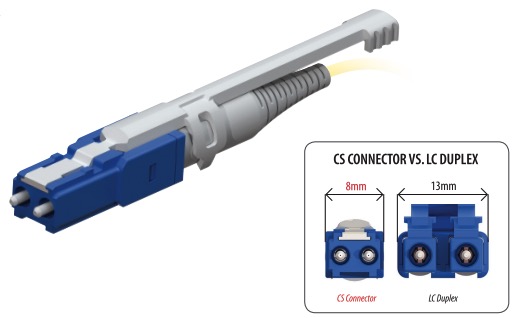Most SFP (small form-factor pluggable) module transmitters have an LC (Simplex or duplex) or SC connector with a stub. It is relatively easy to clean following the standard connector if you follow the following cleaning steps:

However, the SFP receiver can have an air gap chamber or an internal lens, which makes cleaning and inspecting them much more difficult. because it is not clear to see the inspection image by Fiber Optic Microscope for the internal design. Follow the steps listed below to have a good clean performance.
Here is the proper cleaning procedure for cleaning these types of transmitters:
1. Open the dust cover or remove the dust plug from the module.
2. Use a non-abrasive cleaner (canned air) to remove any dirt or debris.
3. Insert a lint-free cleaning stick of the appropriate size (2.5 mm or 1.25 mm) and turn clockwise. Dry cleaning is recommended. Do not use alcohol-based cleaning sticks.
4. Repeat steps 2 and 3 as necessary.
5. Remove the cleaning stick, close the dust cover or reinsert the module’s dust plug. Always keep the dust cover or dust plug inserted in the module when not in use.
6. Always make sure that the connector that will be plugged into the module is also clean before connecting it to the module—to prevent cross contamination.
7. This procedure should be followed when connecting or disconnecting fiber to or from the module.
Conclusion
There are a number of reasons to be excited about by what is going on technologically in the optical telecommunication world. With the advent of 40Gbps transmission and even faster in the near future, numerous challenges will be faced. However, it should never be overlooked that what may seem as a trivial task—ensuring that connectors are clean before connecting—may represent one of the most difficult challenges in the field. In light of this, it is important that connectors receive proper maintenance and that the cleaning procedures are respected to avoid network failure.
